Key Features & Benefits of the Inline 3-Axis Load Cell MTA250
True 3-Axis Sensing — simultaneously capture force components in the X, Y, and Z axes with a single sensor.
High Overload Safety — 300% safe overload of rated output ensures durability in demanding use cases.
Compact & Inline Form — height 2.55 in (≈ 64.8 mm) × diameter 1.33 in (≈ 33.8 mm), with M4 × 0.7 threads.
Connectorised Design — uses 4-pin micro receptacles; simplifies cable routing and system integration.
Low Weight & Material — constructed from 2024-T4 aluminium for lightweight mechanical performance.
Repeatable & Accurate — good linearity, hysteresis, and non repeatability (see specs section).
Technical Specifications of the Inline 3-Axis Load Cell MTA250
Below is a summarised specification table based on FUTEK’s drawing and sources:
| Spec | Value |
|---|---|
| Capacities (Fx, Fy, Fz) | ± 10 lb each axis |
| Rated Output (RO) | ~2 mV/V nominal |
| Bridge Resistance | Fx, Fy: 350 Ω nominal Fz: 1,000 Ω nominal |
| Nonlinearity / Hysteresis / Non repeatability | Fx, Fy, Fz: up to ±0.15% of RO typical in many listings. |
| Safe Overload | 300% of RO across axes |
| Material | 2024-T4 Aluminium |
| Inner / Outer Dimensions | Ø 33.8 mm, Height 64.8 mm |
| Threading / Mounting | M4 × 0.7 threads |
| Overload / Safety Margins | 300% safe overload |
| Operating Temperature | –60 °F to +200 °F (–51 °C to +93 °C) |
| Connector / Wiring | 4-pin micro receptacle (CC19 wiring code) |
| Zero Balance | ±2% of RO typical (from datasheet drawing) |
Typical Applications of the Inline 3-Axis Load Cell MTA250
Embedded multi-axis sensing in robotics, haptics, or control systems
Force measurement in small test rigs or actuators
Dynamics or stability testing where Fx, Fy, Fz must be tracked simultaneously
Compact instrumentation where minimal size and axial measurement are critical
OEM systems needing a 3-axis “all-in-one” force sensor
Why Choose the Inline 3-Axis Load Cell MTA250
Compact and robust 3-axis design in an inline form factor
Strong overload tolerance for real-world use
Connectorised integration reduces wiring complexity in systems
Accurate multi-axis output in a single sensor saves space and cost
Support & calibration options — assistance in setting up axes, zeroing, calibration, and system integration
Ordering & Configuration Tips
If you would like to learn more about this product, please contact us.
Confirm which variant / sensitivity / calibration you will stock (Fx, Fy, Fz ±10 lb is typical)
Ensure correct threading (M4 × 0.7) for your mounting design
Consider your wiring / connector layout — the 4-pin micro receptacle must be compatible with your cabling scheme
Request calibration certificate or custom calibration (tension/compression) if needed
Design your system to minimise off-axis loads, align axes carefully, and provide proper mounting flats
Finally, the MTA250 is an Inline 3-Axis Load Cell. Download the FUTEK MTA250 datasheet (PDF) to view technical specifications and configuration options. Or Browse the complete FUTEK Multi-Axis Load Cell lineup.
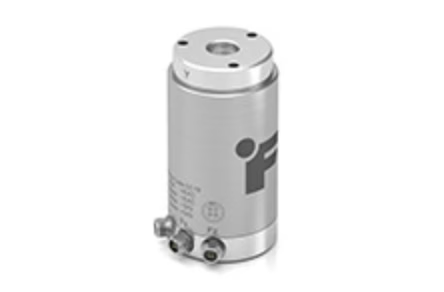
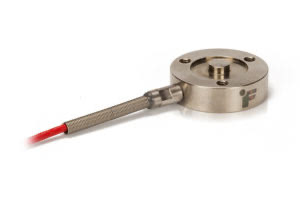
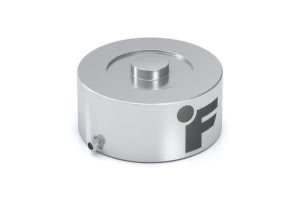
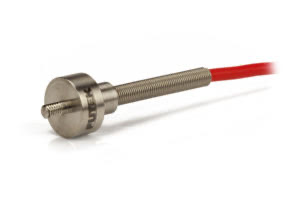
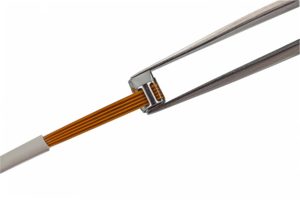
Reviews
There are no reviews yet.